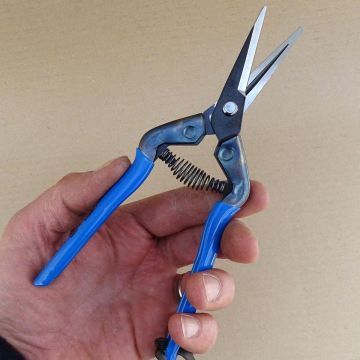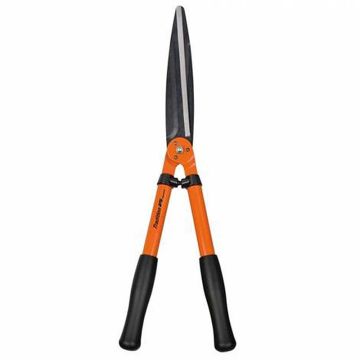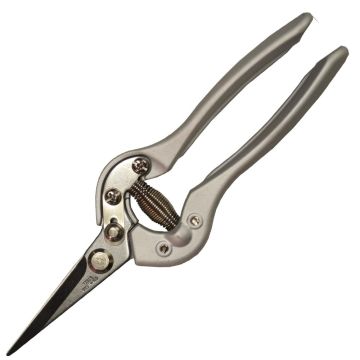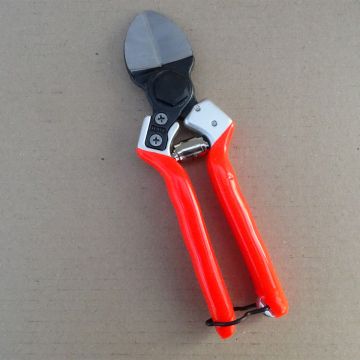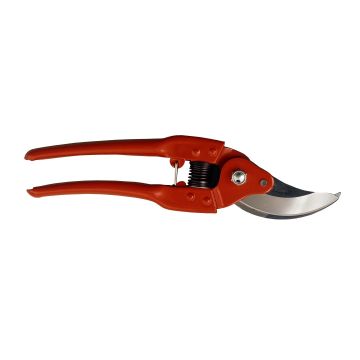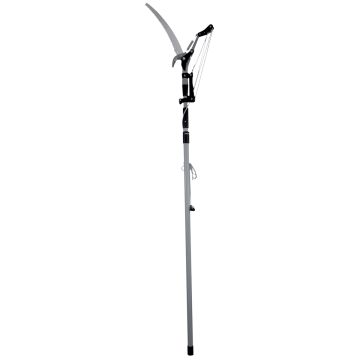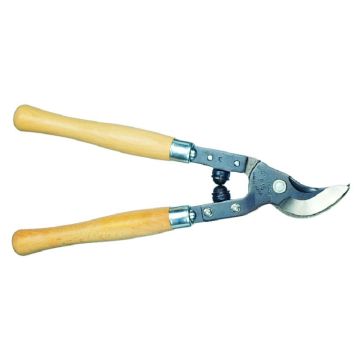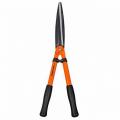Green wood pruning and cutting
Would this plant suit my garden? Set up your Plantfit profile →
Available in 1 sizes
Available in 1 sizes
Available in 1 sizes
Available in 1 sizes
Available in 1 sizes
Available in 1 sizes
Available in 1 sizes
Available in 1 sizes
Available in 1 sizes
Available in 1 sizes
Available in 1 sizes
Available in 1 sizes
Available in 1 sizes
Available in 1 sizes
Available in 1 sizes
Available in 1 sizes
Available in 1 sizes
Available in 1 sizes
Available in 1 sizes
Available in 1 sizes
Available in 1 sizes
Available in 1 sizes
Available in 1 sizes
Available in 1 sizes
Available in 1 sizes
Available in 1 sizes
Available in 1 sizes
Available in 1 sizes
Available in 1 sizes
Available in 1 sizes
Available in 1 sizes
Available in 1 sizes
Available in 1 sizes
Available in 1 sizes
Cutting live wood or cutting dead wood should not be done with the same tools! Indeed, a branch of a live plant must be cleanly and precisely cut to limit injuries and potential contaminants and diseases that could cause problems later on. It is therefore necessary to choose suitable tools: topiary shears and hedge shears, but especially pruning shears and "crossing blade" secateurs. Crossing blade cutting tools have a sharpened blade on one side that will slide against the counter blade. The cut is clean and precise. This type of cutting tool is used for live wood: pruning roses, bushes, fruit trees...
Your tools must be disinfected with alcohol before each use. And don't forget to use healing paste on cuts from larger sections.
Haven't found what you were looking for?


































